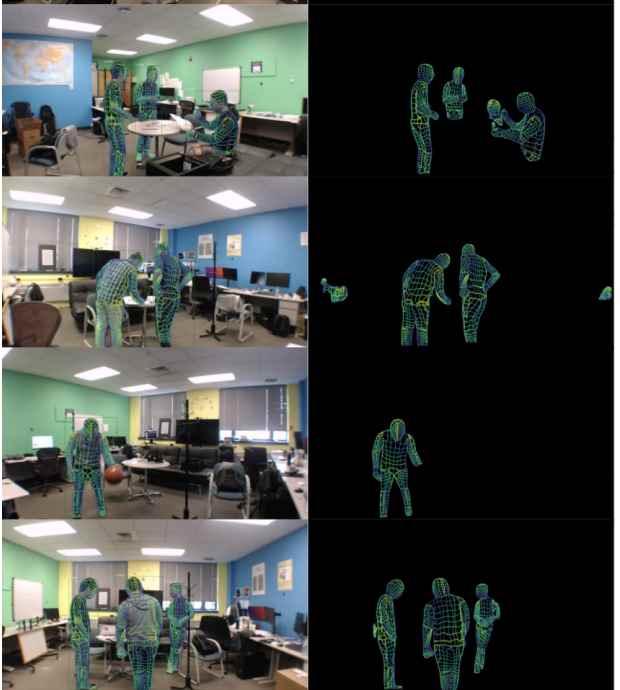Using two Wi-Fi routers to image a human’s 3D form and pose, researchers from Carnegie Mellon University have created a low-cost method to spy people through walls.
When a 3D model’s surface is projected to a 2D picture for the purpose of mapping a computer-generated image, the researchers explain in a recent publication how they used a deep neural network that they dubbed DensePose. This network maps Wi-Fi signals (phase and amplitude) to UV coordinates.
The findings of the research show that their model can estimate the dense position of several participants using just Wi-Fi signals as the input, and it can do so with a level of performance that is equivalent to that of image-based techniques. This opens the way for algorithms for human sensing that are less expensive, more widely available, and more protective of individuals’ privacy.

The most significant accomplishment that the researchers from Carnegie Mellon have accomplished with DensePose, is that they have been able to accurately map the poses of multiple subjects by using a 1D sensor that is commercially available, which is Wi-Fi antennas, rather than more expensive RGB cameras, LiDAR, and radars. In addition to this, they were successful in using Wi-Fi to detect people as well as their positions inside the room. Previously, they had only been able to properly find an item within a space.
The researchers argue that their Wi-Fi approach to imaging humans in households could be applied to home healthcare, which is a setting in which patients may not want to be monitored with a camera in places like the bathroom or with other sensors and tracking devices. In this context, the researchers argue that their Wi-Fi approach to imaging humans in households could be applied.
According to the findings of the researchers, there is a great deal of published research on the detection, tracking, and dense posture estimate of objects using still photos and moving video, but there is relatively little on the issue of human pose estimation using Wi-Fi or radar.

It is important to note that the Wi-Fi monitoring system is not affected in any way by insufficient lighting or barriers such as walls. In addition to this, the setup costs are minimal, and the majority of individuals already have the necessary components in their homes. In comparison, the two TP Link Wi-Fi routers that were employed in the research came in at a cost of around $30 apiece, whereas the most typical LiDAR retails for over $700.

In point of fact, the majority of homes in industrialized nations currently have Wi-Fi in their homes, and this technology might be scaled to monitor the well-being of elderly people or simply uncover suspicious activities in the home.

Information security specialist, currently working as risk infrastructure specialist & investigator.
15 years of experience in risk and control process, security audit support, business continuity design and support, workgroup management and information security standards.











